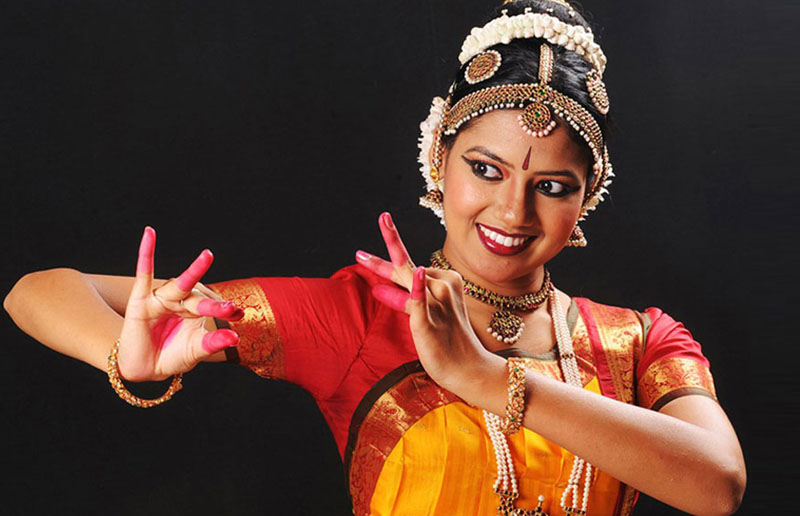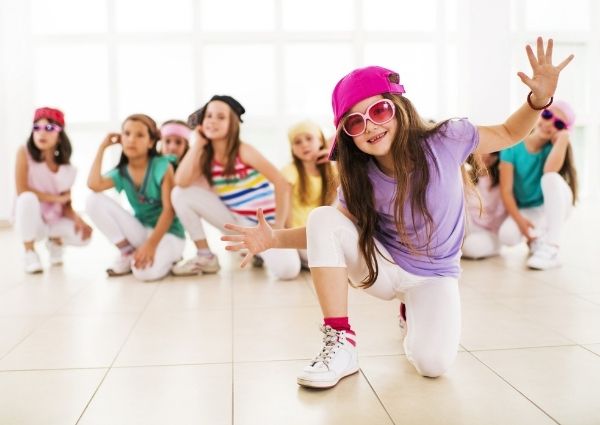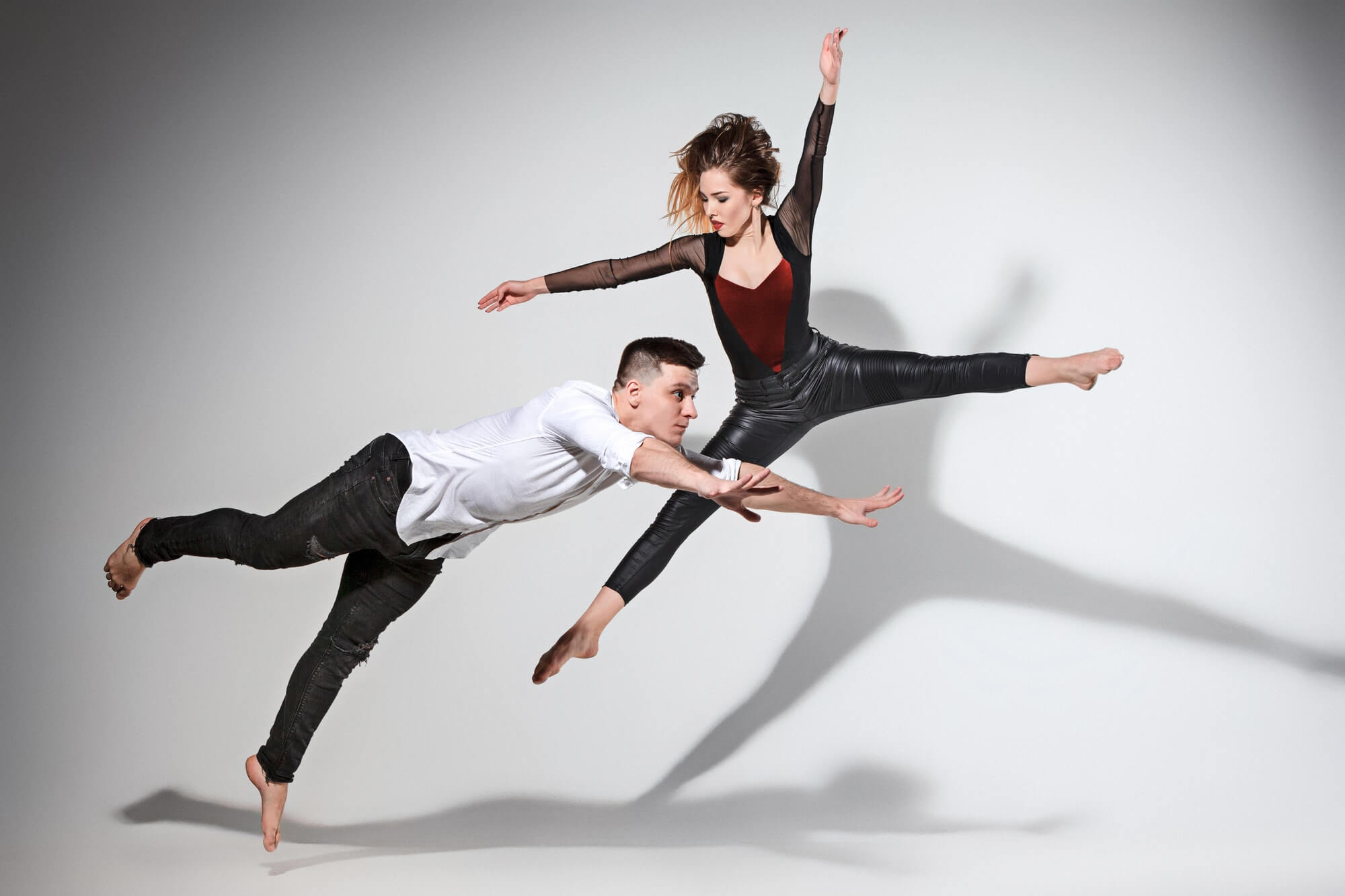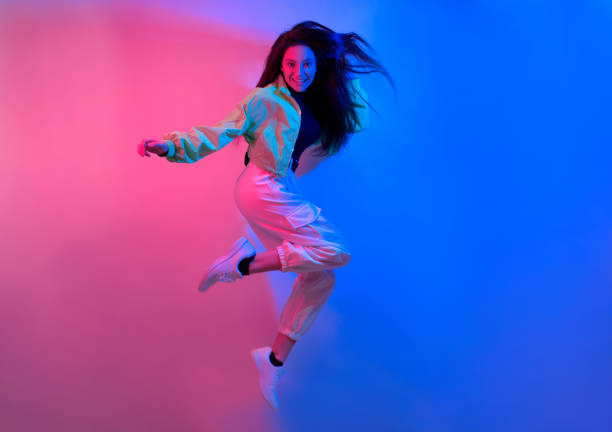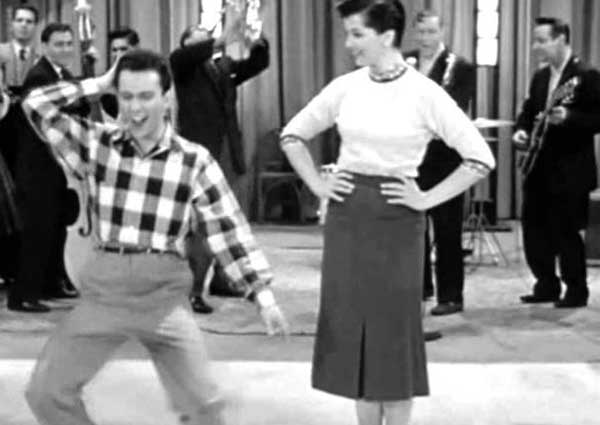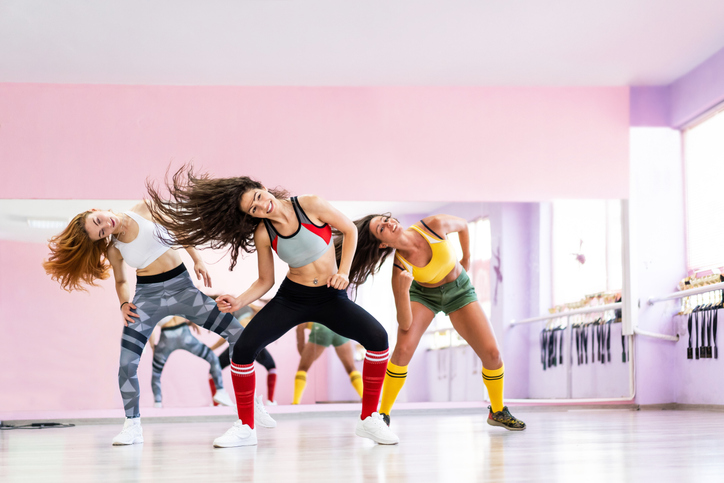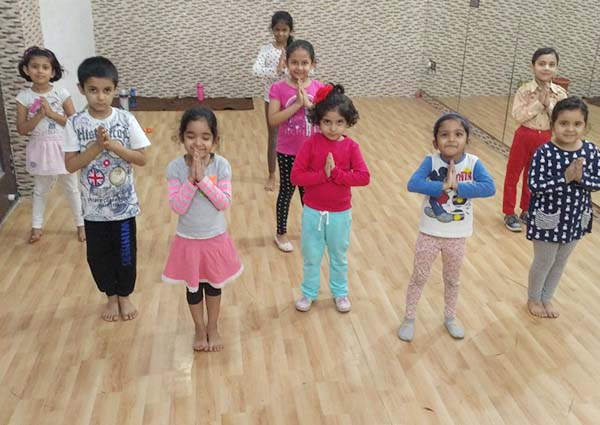Western Dance Classes in Noida
Query for any course
Any of the dance forms or styles that are generally danced to country-western music and are stylistically associated with American country and/or western traditions are referred to as country–western dance. Many are descended from dances brought to America by immigrants from the United Kingdom and Europe as early as the 1700s, which were ingrained in popular culture in the United States.
Types of Western Dance Forms
1. Hip-Hop Dance
This is done while listening to hip-hop music. It’s a type of street dance. This dance has close-to-the-ground movements. This dance requires you to balance your body on your hands and head.
2. Break Dancing
Michael Jackson popularised this phrase. It is made up of a variety of acrobatic and gymnastic manoeuvres.
3. Ballet
Ballet originated in Italy in the fourteenth century. The dance is accompanied by classical music. A kind of dancing that requires you to dance on your toes is called pointe work.
4. Salsa
Salsa is a type of salsa that developed in Cuba and Puerto Rico. It is performed to Latin-American or salsa music. Salsa dancing entails transferring one’s weight with the feet.
5. Tap Dancing
Metal plates on the dancer’s shoe, in the ball and heel positions, provide a tapping sound. Dancers make diverse noises by moving on a hard surface. As a result, they are also considered musicians. The first time this dance was done was in the 1800s.
Elements of Dance
Take a look at a structure. Is it a decent structure? What if you didn’t know? Architects’ work is often defined in terms of basic compositional aspects such as line, shape, space, and form. Compositional elements are also used by painters and sculptors, while musicians have their own compositional elements.
What about dancers, though? Dance is an art form that focuses on generating a fluid and transitory performance. It’s one-of-a-kind, but it’s still art, and dancers and choreographers have their own set of compositional components to work with. The key to creating a great work of art is to understand these elements and how to employ them. Space, time, force, and shape are the four fundamental compositional elements of dance.
Space
Let’s start with one of the most important: space, or the dancer’s actual position in the environment. Physical space is taken up in three dimensions by art forms such as architecture and sculpture, but this concept is slightly different in dance because the dancer is in motion. As a result, for us, the compositional element of space refers to the dancer’s movement through and interaction with the actual world.
In the absence of flight or levity, how many different ways can someone travel through physical space? Quite a few, in fact. We must evaluate multiple components inside this compositional element: the actual movement direction (sideways, forwards, backwards, diagonally), as well as inferred movement in gestures or positioning. We must think about our posture and how the front of our bodies are positioned in respect to the audience. We must visualise the dancer’s movement pattern as he or she goes across space. We must also consider levels, or the relationship of the body to the floor, because this is a three-dimensional art form. Is it true that dancers usually keep two feet on the floor? Can they lie down on the ground or leap far into the air? All of these motions describe how dancers use space.
Time
The element of time is closely tied to the element of space. A dancer, after all, can’t move through space without also moving through time. The compositional aspect of time, in particular, deals with the dancer’s engagement with time, and there are numerous ways to do it. Dance is usually performed to music, which sets the beat and rhythm, but the dancer can emphasise or reject the music with their own motions. Is the dancer’s movement slow or fast? Is he or she moving in time with the music or against it? How can one create and retain a sense of rhythm? These questions aid in the definition of time in dance.
Force
Two dancers going slowly through the same space might have embraced the same qualities of time and place. So, how do we make these two compositions look so dissimilar? What if one moved slowly and gracefully, while the other moved slowly and jerkily yet powerfully?
If you want to learn western dance. Then, you can join western dance classes in noida
Types of dance we teach
Types of classical dance
BHARATNATYAM
Bharatnatyam is a classical Dance form originated in the South Indian state of Tamil Nadu. It signifies Hindu spiritual subject matters and religious ideas.
KATHAK DANCE
The word Kathak is originated from ‘Katha’, meaning “the art of storytelling.” The community of artists known as ‘Kathakas’ who used to narrate history in a enjoyable way
Types of folk dance
Manipuri dance
Manipuri Dance, is one of the major Indian classical dance forms, originating from the state of Manipur.
Gujrati DANCE
Most popular folk dances from Gujarat … This dance form actually stages a mock-fight between the Goddess Durga and Mahishasura,
Types of light dance
WESTERN DANCE
Dance forms such as Jazz Contemporary, Hip Hop Bollywood and many more are actually organized based on popular demand, we will let you know exactly when the next class in beginning.
Freestyle DANCE
Freestyle dancing, sometimes referred to as street dancing, is a unique type of dance that is based on improvisation rather than the choreography seen in other dance varieties.
Types of Western special dance
Jazz dance
Jazz dance is a performance dance and style . It may allude to vernacular jazz about to dramatic jazz.
hip hop DANCE
Hip hop dance is a range of street dance styles primarily performed to hip hop music or that have evolved as part of hip hop culture.
Rock & Roll DANCE
Acrobatic Rock’n’Roll is a very athletic, competitive form of partner dance that originated from lindy hop.
rap dance
Dancing to rap music is an incredibly enjoyable activity. While dancing can be intimidating to some, it’s easier to learn than you think! Start by learning the basics and then practice at home as much as you can.
ZUMBA dance
Zumba is a fitness program that combines Latin and international music with dance moves. Zumba routines incorporate interval training alternating fast and slow rhythms to help improve cardiovascular fitness.
Dance Classes
Dance is the epitome result of a fascinating music containing the finest blend of rhythmic note played brilliantly with a charismatic zeal. Music lets you forget about the outer world and when your heartbeat sets tuning with the vibration of the instrumental tune, your body follows it automatically.
Students
Teachers
Programmes
Awards
LOCATION
: +91-9643668602, +91-8178232708
: taanznoida122@gmail.com

